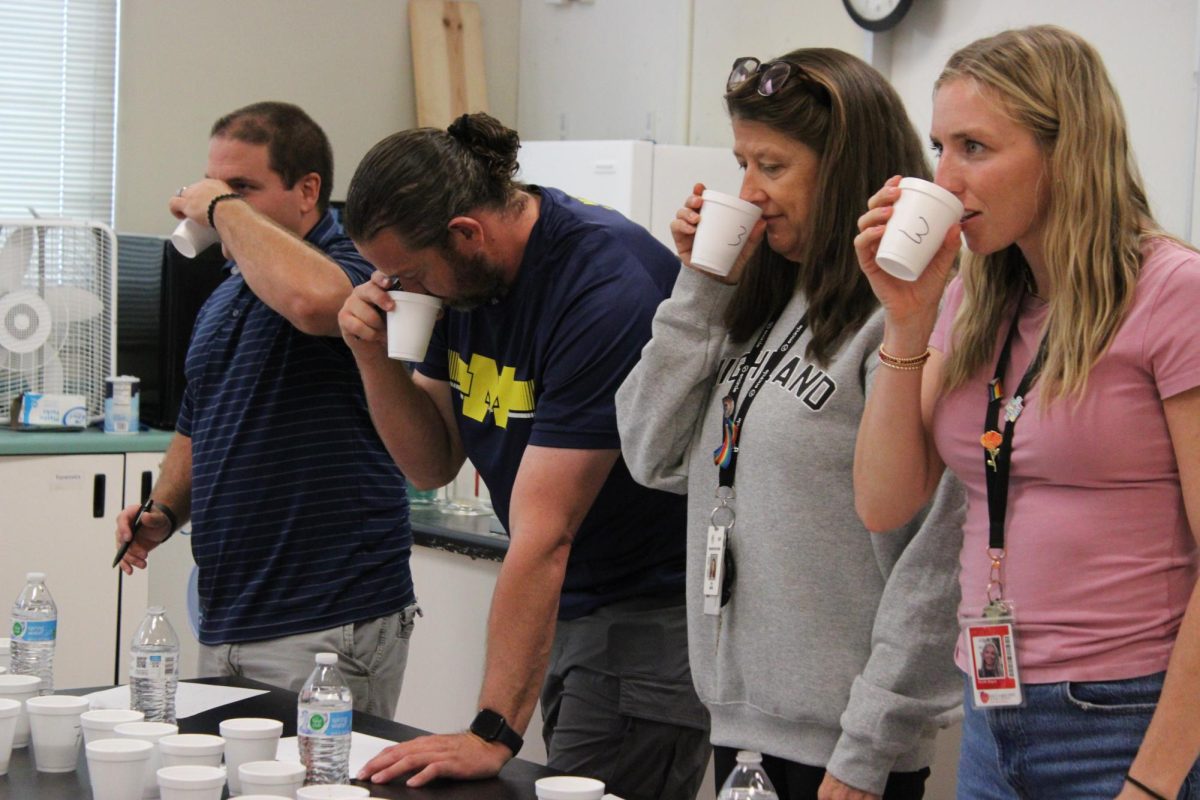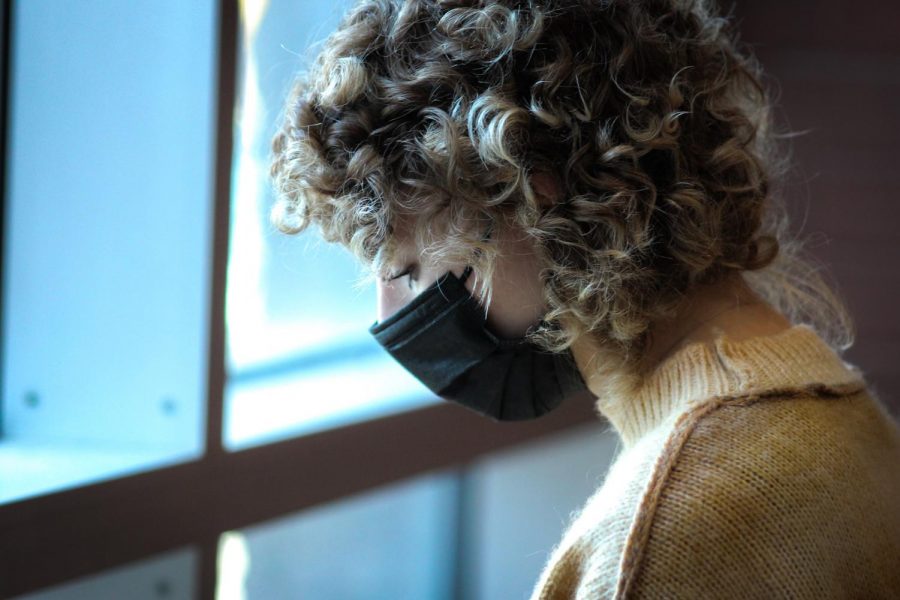Mental Health Empathy Has Never Been Higher
For students like Ruby Blu Richardson, coping with the stress of school can be difficult.
January 3, 2022
Mental health concerns have never been higher. From the pandemic to social media to constant bombardment of bad news streaming on phones, struggles for mental health have skyrocketed in today’s teenagers.
Learning to deal with mental illness presents plenty of challenges, such as taking medication and accepting the illness as the new normal.
However, over time, schools have gotten better with talking about just how normal mental illness is. Illnesses such as depression, anxiety disorder, OCD, etc. aren’t anything rare or out of the ordinary anymore. Many have mental illnesses and it has become much more accepted over time.
Unfortunately, it wasn’t always like this. Before the 2000s, mental illnesses weren’t necessarily unaccepted, but they weren’t talked about enough. Very few talked about conditions they had, and even less even thought they could have a condition.
“I just felt like there was something different about me, something off,” Summer Chatwin, a 1996 graduate of Highland, said.
Chatwin is not alone. According to the Anxiety & Depression Association of America, anxiety disorder affects 18.1% of the adult American population each year. Children, between 13 and 18 years old, are even more so affected, with a percentage of 25.1%.
Anxiety disorder is most basically defined as the feeling of unrealistic worry or stress over something with little reasoning. It’s much like overreacting, but it’s out of a person’s control.
Stella May, a sophomore at Highland, was diagnosed with anxiety disorder around her eighth-grade year. Since then, she’s taken medication to help with her illness and to prevent it from affecting her life in a big way.
“For me, it’s just lots of excessive overthinking and then occasionally getting really overwhelmed,” May said.
May has developed her own coping mechanisms to lessen the effects of her anxiety. She’ll take breaks to focus on breathing or going outside.
Depression is also common. Depression is a constant feeling of sadness and lack of interest. People with depression will have lack of motivation. If depression is severe enough, it can cause tragedies like suicide.
Mental Health America researched the reports that 10.6% of America’s youth are severely depressed. Thinking about standard classrooms at Highland, generally three students are severely depressed.
Luckily for teenagers today, schools make it a goal to talk about symptoms and triggers for disorders like depression and anxiety. Schools inform students about who to talk to, what to expect, and how, while disorders are disorders, do not set people back if they’re treated the right way.
May was informed early enough that anxiety never started to damage her life, such as grades or relationships. Students in the 90s, however, were much less aware.
Lindsay Barua, who was class of ‘94 at Highland High, dealt with depression and anxiety during her years at Highland. Unlike May, though, Barua dealt with her disorders much longer before seeking treatment or being diagnosed. She believes now that she might have been just naive to the idea that she could have a mental illness.
“I was just [thinking], ‘oh this is just life’. [ . . . ] When I was a teenager, my thought about depression or anxiety was something from a movie or something that I wouldn’t have, or people I know wouldn’t have.,” Barua said.
But it wasn’t just Barua who felt that mental illnesses weren’t common. Summer Chatwin, another Highland graduate, was diagnosed in high school but rarely talked about it.
“So finally, by the time I was 18, finally I got help,” Chatwin said.
Because neither Barua or Chatwin knew they had a disorder, they didn’t get help until much later. This heightened their illnesses, to the point where it was severe.
Both Barua and Chatwin now prioritize conversations about mental health and jump on opportunities to inform others about their experiences. They emphasize that these illnesses are nothing to be ashamed of.
Other challenges Barua and Chatwin faced was whether they should be medicated or not.
“People just weren’t being medicated at that age, but it really changed my life,” Chatwin said.
May, however, has been medicated since her diagnosis. She takes medication once a day, and says it’s definitely made a difference in her experiences with anxiety disorder.
The big difference between Barua and Chatwin’s experiences versus May’s was that the schools in the 90s didn’t focus or stress the importance of mental health, whereas schools today are much more involved.
“I’m just glad [ . . .] people have more awareness so that they can get help and get on meds or have treatments, before . . . before something tragic happens or they lose years of their life,” Barua said.
Conversations about mental health are much more common now. This does not necessarily mean that mental illnesses are more common, but the conversations have made it so people are more likely to seek help than ever before. It also means that those who are affected by mental illnesses are more willing to open up about their experiences. There is no clear indication that mental health issues are more common, but they are more commonly addressed today.
Mental illness is a common thing, and even if people go without diagnosis, people can still experience the symptoms occasionally, and get a glimpse into what a mental illness looks like.
Teens are much more understanding now than they were in 90s. Now that mental illness is talked about much more, it is also much more supported. Teenagers are growing up in a world with more empathy towards these illnesses.
“I’m not really embarrassed by it because I feel like a lot of people, whether they’re diagnoses with it or not, experience it [mental illness],” May said.





























